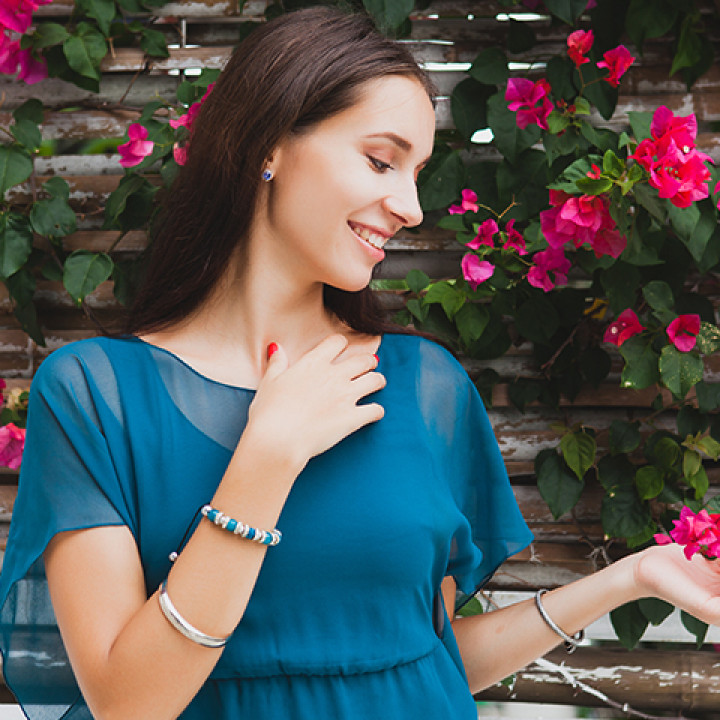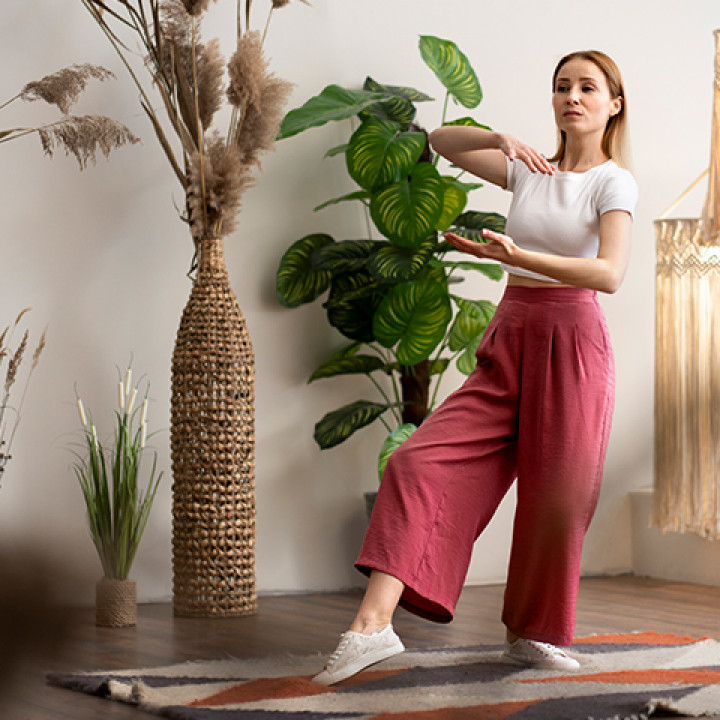
Master the Art of Color Coordination in Fashion
Color coordination is one of the most important aspects of fashion. It can elevate your outfit from simple to stunning, helping you make a bold statement wherever you go. Understanding the basics of color theory and learning how to pair different shades will make a noticeable difference in your wardrobe. Whether you're getting dressed for work, a night out, or casual hangouts, mastering the art of color coordination ensures that you always look polished and put-together. Here’s a guide to help you get started!
1. Understand the Color Wheel
The first step in color coordination is understanding the color wheel. A color wheel is a circular diagram that shows the relationships between different colors. It includes primary colors (red, blue, yellow), secondary colors (green, orange, purple), and tertiary colors (the combination of primary and secondary colors).
The basic rule of color coordination is pairing complementary colors, which are colors directly opposite each other on the wheel. For example, blue and orange, or yellow and purple. These combinations create a vibrant and balanced look. However, using complementary colors in fashion requires a bit of caution. Too many vibrant complementary colors might overwhelm your outfit, so it’s better to use one bold color and pair it with a neutral or muted tone.
2. Use Neutral Colors as a Base
Neutral colors such as black, white, gray, beige, and navy serve as the foundation for any wardrobe. These colors are versatile and easy to mix and match with brighter shades. They create balance and allow your outfit to look cohesive. For instance, pairing a white shirt with dark jeans or a beige jacket with bold shoes creates a harmonious look. Neutrals also provide the perfect backdrop for adding pops of color through accessories like scarves, bags, or jewelry.
When you're unsure about color coordination, starting with neutral tones gives you a safe yet stylish approach. They allow you to experiment with different hues without the risk of clashing.
3. The Power of Monochrome
Monochromatic outfits are another effective way to master color coordination. This style involves wearing different shades of the same color, creating a sleek and streamlined look. For example, pairing a light blue shirt with dark blue jeans or a navy dress with navy shoes. Monochrome looks are both sophisticated and flattering, as they elongate the body and give off an effortlessly chic vibe.
Don’t hesitate to play with textures within the same color palette. A velvet green jacket paired with a matte green skirt can add depth and interest to your outfit while still keeping the color scheme consistent.
4. Balance Bold Colors with Subtle Shades
When experimenting with bold, vibrant colors, it's important to balance them with more subtle tones to avoid overwhelming the eye. For example, if you're wearing a bright red dress, pairing it with a neutral-colored jacket or shoes can tone down the intensity. You can also balance a colorful blouse with neutral pants or skirts.
The key is moderation. If you’re incorporating more than one bold color into your outfit, make sure to leave some breathing room by incorporating neutrals in between to allow the colors to shine without clashing.
5. Use Color Psychology to Your Advantage
Colors have the power to influence emotions and perceptions. For example, blue exudes calm and professionalism, red is energetic and bold, while green represents growth and harmony. When choosing colors for your outfit, think about the message you want to send. If you’re going to a job interview, you might want to stick to calm and neutral tones like navy or gray. For a night out, you could opt for daring reds or blacks to make a statement.



